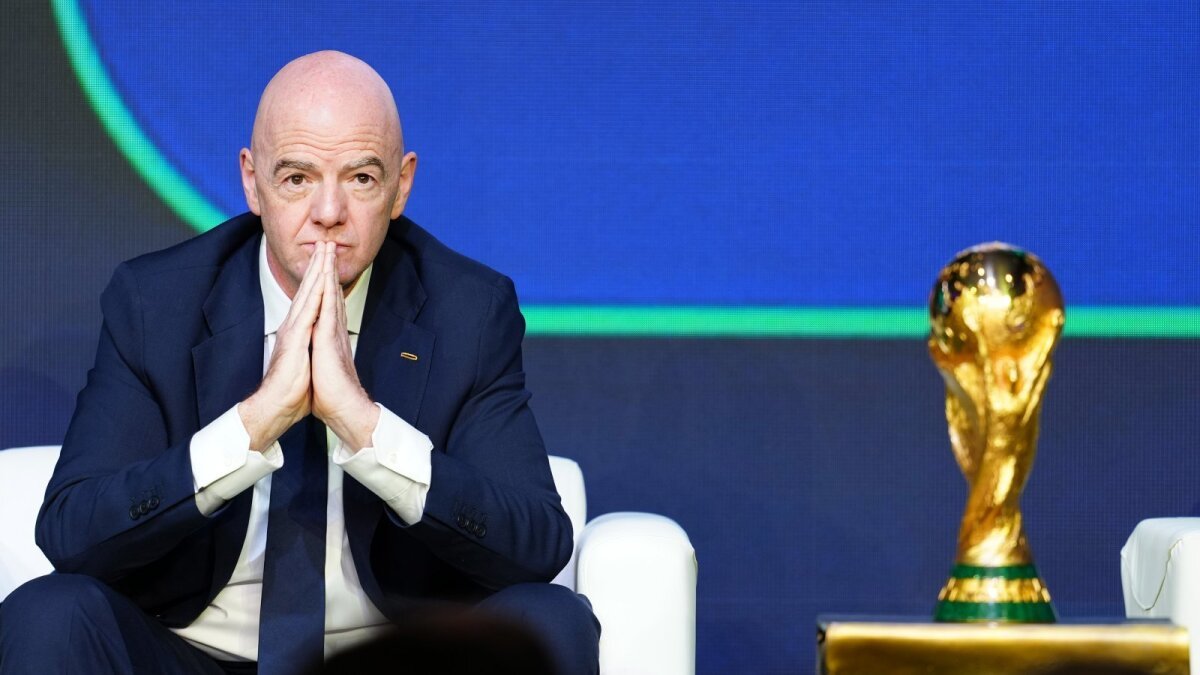Chinese companies making life hard in solar power sector
Chinese companies making life hard in solar power sector
Posted October. 26, 2011 07:22,
As is the case with the semiconductor industry, the solar power industry is starting the so-called game of chicken, Nexolon Chief Financial Operator Kim Gene said.
The game of chicken is a game in which each player prefers not to yield to the other, and the worst possible outcome occurs when both players do not yield.
Kim said the solar power industry is facing worsening profitability due to intensifying price competition. Chinas GCL, the worlds largest ingot and wafer maker, is trying to weed out rivals with excessively low prices, he said.
Founded in 2007 as a subsidiary of OCI, Nexolon became the worlds fifth-largest maker of ingots and wafers for solar cells this year based on production capacity (1.7GW). Ingots and wafers are made by processing polysilicons, the raw material for solar cell modules, into a mass or thin panel. Polysilicons determine the profitability of raw materials for solar power industry.
After surging to 400 U.S. dollars at the end of 2007, polysilicon prices have recently plunged to around 40 dollars. The sharp price drop is due to the Chinese governments aggressive subsidy support for domestic companies to foster the solar power industry into a next-generation growth engine.
China`s drastic expansion of related investments has resulted in a supply glut for polysilicons. Chinese companies dominate the world solar wafer market based on production capacity, with the world`s top three solar wafer makers being Chinese.
Kim, however, still painted a rosy picture for Korean companies, saying, The market share of the world`s top five ingot and wafer makers has increased to 50 percent this year from 36 percent last year. Taking a cue from the global polysilicon market having been reorganized into the top three companies, Korean ingot and wafer makers can also gain a strong foothold if they can weather the current crisis."
Though he admitted to short-term difficulty due to the economic crisis, he still remained optimistic on the world solar power industry, citing the fast replacement of nuclear energy and fossil fuels with solar power, whose power production price is rapidly falling.
Falling prices have led to worsening profitability, but overall market demand is likely to grow more than 30 percent this year from last year, he said. The oversupply problem will be eased somewhat from the first half of next year.
Kim also said Chinese wafer makers still lag behind Korean counterparts in quality and technology, though they claim the world lead in quantitative terms. In 2008, Chinese manufacturers released fake products where the wafers had no silicons. Some clients refuse to use Chinese products citing a sharp fall in power efficiency after a time lag, he said.
We will increase production facilities by an average 500MW each year to expand production capacity to 3.2GW by 2014 and join the worlds top three.
sukim@donga.com



![[천광암 칼럼]장동혁은 계획이 다 있구나](https://dimg.donga.com/c/138/175/90/1/wps/NEWS/IMAGE/2025/12/14/132964515.1.jpg)
![‘친구’란 말에, 치매 아버지는 고향땅 800평을 팔았다[히어로콘텐츠/헌트①-上]](https://dimg.donga.com/c/138/175/90/1/wps/NEWS/IMAGE/2025/12/14/132961909.1.jpg)

![‘딸’ 같은 이웃에게 치매 부부는 상가를 넘겼다[히어로콘텐츠/헌트①-下]](https://dimg.donga.com/c/138/175/90/1/wps/NEWS/IMAGE/2025/12/14/132963612.1.jpg)
